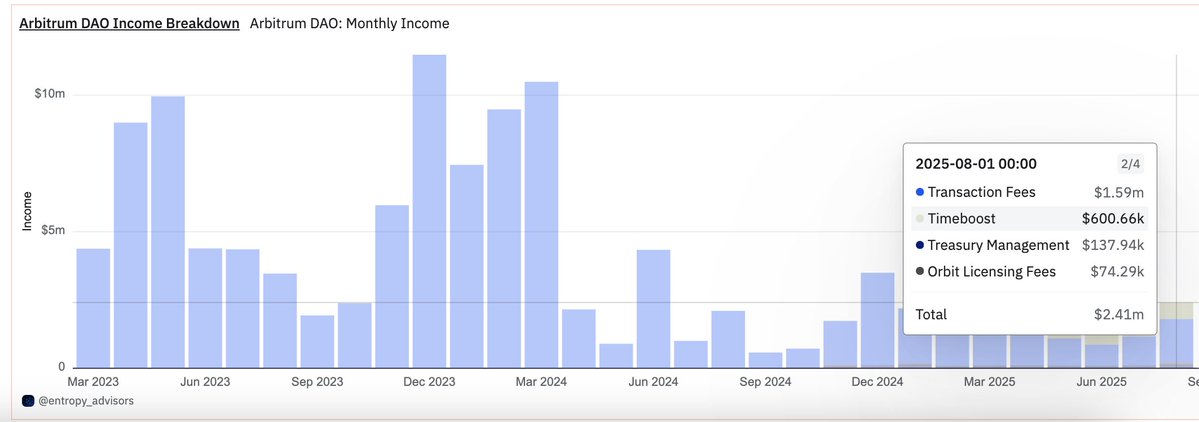DAO Maker price
in USDCheck your spelling or try another.
About DAO Maker
DAO Maker’s price performance
DAO Maker on socials



Guides

DAO Maker FAQ
DAO Maker is an end-to-end incubator and launchpad for blockchain startups. It provides a decentralized ecosystem that aims to revolutionize the concept of venture capital by democratizing access to funding and empowering retail investors. Through transparent fundraising solutions, community-building initiatives, and social mining tools, DAO Maker also supports the growth and development of innovative startups in the blockchain space.
The advantages of DAO Maker include its role in helping retail participants locate the right projects to support. By providing a platform for retail investors to discover innovative projects, DAO Maker promotes accessibility and inclusivity in the blockchain startup ecosystem.
Additionally, DAO Maker offers a built-in insurance product called YieldShield, which protects the interests of investors. Lastly, the project also fosters an inclusive and stable funding and support ecosystem that benefits startups, providing them with the necessary resources to succeed.
Easily buy DAO tokens on the OKX cryptocurrency platform. OKX’s spot trading terminal offers the DAO/USDT trading pair.
You can also swap your existing cryptocurrencies, including XRP (XRP), Cardano (ADA), Solana (SOL), and Chainlink (LINK), for DAO with zero fees and no price slippage by using OKX Convert.
Dive deeper into DAO Maker
DAO Maker is an Ethereum-native end-to-end solution for Web3 startups, from fundraising to growth solutions. The project focuses on amplifying retail participation in venture funding, giving them a transparent blockchain-powered ecosystem to interact with.
The platform offers various services and tools to facilitate startup growth, including a startup launchpad, SaaS solutions, incubation services, and social mining resources. By leveraging these resources, startups can kick-start their growth and gain access to a community of supporters.
DAO Maker empowers early-stage blockchain projects by providing them with the tools to organize and manage their fundraising activities. By leveraging the platform's decentralized and transparent infrastructure, retail participants can now engage in opportunities traditionally limited to institutional investors.
DAO Maker’s transparent ecosystem enables retail participants to discover and participate in prospective Initial DEX Offerings (IDOs). This democratized approach levels the playing field and allows individuals to participate actively in the evolving blockchain landscape.
Through its ecosystem, DAO Maker has successfully launched notable projects such as the DAFI Protocol (DAFI), My Neighbor Alice (ALICE), LaunchX, and the Orion Protocol (ORN).
How does DAO Maker work
DAO Maker operates within a comprehensive venture framework, offering various solutions to support startups throughout their journey. The DAO Pad, also known as the DAO Launchpad, is a prominent feature that allows startups to access dynamic fund procurement models. Acting as a project locator and tracker, the DAO Pad enables interested users to monitor the progress of incubated ventures and identify opportunities for participation.
The fundraising model employed by DAO Maker is called Strong Holder Offering (SHO), which prioritizes long-term community members who demonstrate commitment by holding tokens even after the project is listed.
In addition to the DAO Pad and SHO, DAO Maker provides other valuable offerings. YieldShield is an insurance product for investors, while Venture Bonds serve as a passive yield-generating tool. Furthermore, DAO Maker's Social Mining program helps startups build communities from the ground up by incentivizing participants to complete specific tasks such as bug reporting and content creation.
DAO Maker’s native token: DAO
DAO is the native token of the DAO Maker ecosystem and operates on the Ethereum blockchain, adhering to ERC-20 standards. DAO tokens have a maximum supply cap of 312 million and hold multiple utilities within the ecosystem.
Firstly, DAO tokens provide access to Strong Holder Offerings (SHOs), enabling token stakers to participate in token sales. Additionally, DAO tokens serve as the governance token, granting holders the right to vote on proposals and decisions that shape the ecosystem.
DAO tokens are also utilized in the DAO Pad, the launchpad for projects, in the form of initial coin offerings (ICOs) and IDOs. Lastly, holders can stake their DAO tokens in "Vaults" to earn passive rewards.
DAO distribution
The distribution of DAO tokens is as follows:
- 25 percent: Public and private sales
- 20 percent: Current team
- 5 percent: Future team members and advisors
- 14 percent: Merger and acquisition purposes, allowing DAO Maker to explore strategic partnerships and expansion opportunities
- 10 percent: Incentives, encouraging participation and engagement within the ecosystem
- 9 percent: Ecosystem development initiatives
- 7 percent: Foundation
- 10 percent: DAO-managed Foundation
About the founders
DAO Maker was founded by Christoph Zaknun, the acting CEO; Hassan Sheikh, the CMO; and Giorgio Marciano, the former CTO. Marciano left the project in 2021. In addition to the founding team, DAO Maker has Jonas Hayajneh as the Head of Business Development and Pedro Da Silva Rosa as the Head of Social Media. DAO Maker has raised capital from notable angel investors such as Fantom, Pello Capital, and Woodstock.
DAO Maker: The road ahead
DAO Maker is a one-stop solution for startups, giving them transparent access to venture capital and community-building resources. Looking ahead, DAO Maker is focused on enhancing its risk management services to provide even stronger protection for projects and their supporters. By implementing robust insurance products and strategies, DAO Maker aims to mitigate post-listing dips and safeguard supporters from price crashes. This commitment to risk management will contribute to a more stable and secure environment for startups and their supporters within the DAO Maker ecosystem.
Disclaimer
OKX does not provide investment or asset recommendations. You should carefully consider whether trading or holding digital assets is suitable for you in light of your financial condition. Please consult your legal/tax/investment professional for questions about your specific circumstances. For further details, please refer to our Terms of Use and Risk Warning. By using the third-party website ("TPW"), you accept that any use of the TPW will be subject to and governed by the terms of the TPW. Unless expressly stated in writing, OKX and its affiliates (“OKX”) are not in any way associated with the owner or operator of the TPW. You agree that OKX is not responsible or liable for any loss, damage and any other consequences arising from your use of the TPW. Please be aware that using a TPW may result in a loss or diminution of your assets. Product may not be available in all jurisdictions.






